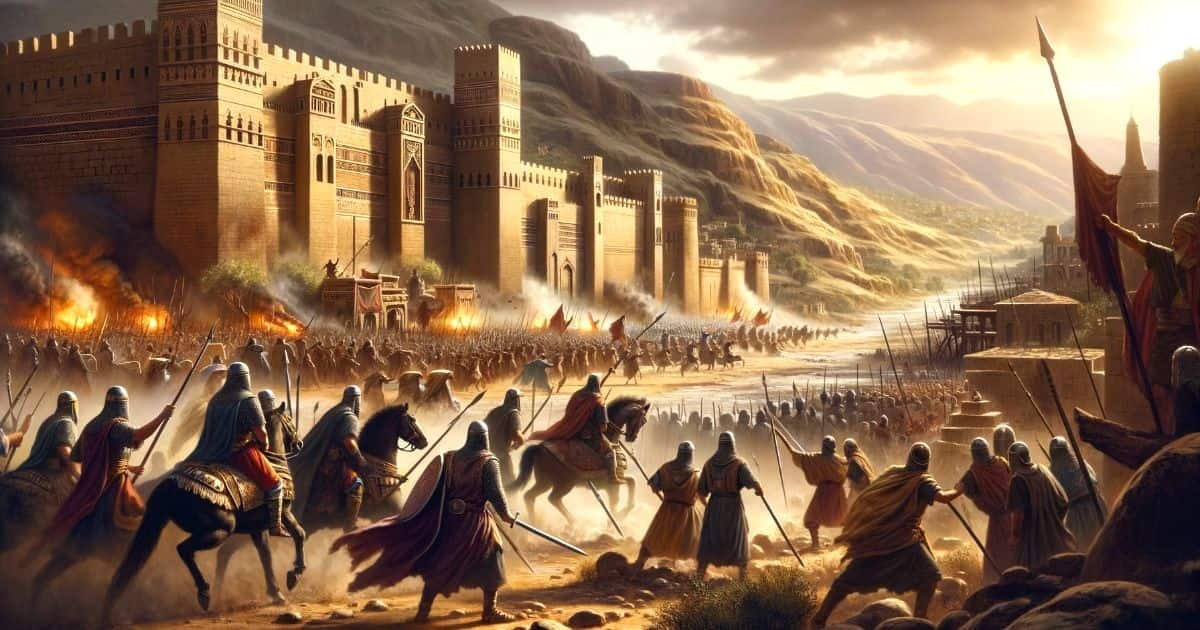A group of Israeli researchers has made a groundbreaking discovery in archaeological science. They have provided evidence for a contentious biblical event described in 2 Kings 12:17.

The Biblical Account and the Research Breakthrough
The biblical passage 2 Kings 12:17, narrates an attack by Hazael, King of Aram, on the city of Gath. This city is known today as Tell es-Safi in modern-day Israel. Skeptics have long debated the veracity of this event, but the new research method seems to corroborate the biblical description.
The research was conducted by scholars from Tel Aviv University, the Hebrew University of Jerusalem, Bar-Ilan University, and Ariel University. They focused on analyzing bricks found at the Gath archaeological site. Previous theories suggested that these bricks were fired in a kiln before being used for construction. However, the new findings indicate that they were burnt in a massive fire, likely during a battle.
Professor Aren Maeir of Bar-Ilan University highlights the significance of this discovery: “Our findings are very important for deciphering the intensity of the fire and scope of destruction at Gath, the largest and most powerful city in the Land of Israel at the time, as well as understanding the building methods prevailing in that era.”
The Science Behind the Method
The innovative method developed by the team involves measuring the magnetic field recorded in the burnt bricks. Dr. Yoav Vaknin of Tel Aviv University explains, “When a brick is fired in a kiln before construction, it records the direction of the earth’s magnetic field. But when a wall is burned in-situ, the magnetic fields of all bricks are locked in the same orientation.” Their findings were conclusive: the magnetic orientations of the bricks at Gath were uniform, indicating they were burned in situ.
Implications and Future Applications
This breakthrough not only sheds light on a historical event in the Bible but also opens up new possibilities in archaeological science. By accurately identifying the firing temperatures and conditions of ancient materials, researchers can gain a deeper understanding of historical events and construction techniques.
Dr. Vaknin adds, “Our approach enables identifying burning which occurred at much lower temperatures than any other method. We can begin to detect changes in the magnetic signal at temperatures as low as 100°C, and from 200°C and up the findings are conclusive.”
The researchers’ technique scientifically corroborates the biblical event, providing a fascinating intersection between ancient text and modern science. This method promises to revolutionize our understanding of archaeological findings and may lead to more such discoveries in the future.




